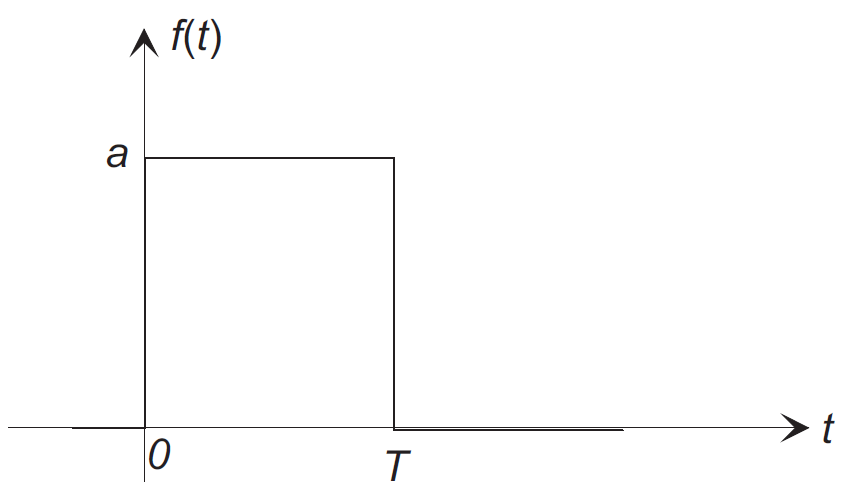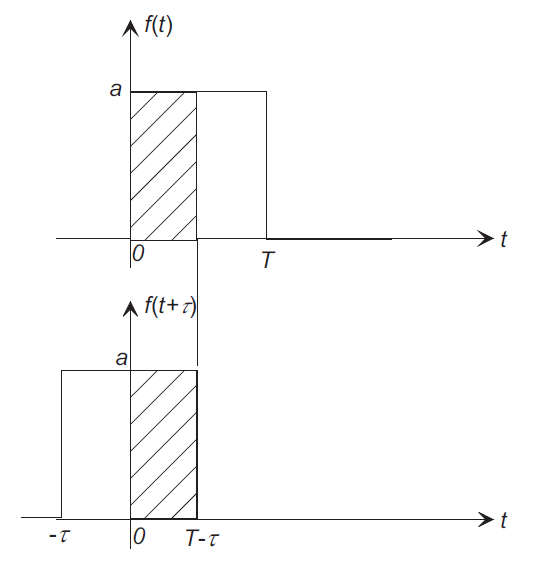Correlation
“Experience with real-world data, however, soon convinces one that both stationarity and Gaussianity are fairy tales invented for the amusement of undergraduates.”
David Thomson
#Convolution - Cross-correlation - Auto-correlation
from IPython.display import Image
Image(url='http://upload.wikimedia.org/wikipedia/commons/2/21/Comparison_convolution_correlation.svg')
#Convolution - an operation on a Linear and Time Invariant system involving a given input signal and the impulse response.
#Cross-correlation - a measure of cross-similarity as a function of delay $\tau$
#Auto-correlation - a measure of self-similarity as a function of delay $\tau$
Recall: A convolution, $(h \ast x)(t)$, is a mathematical operator which manipulates two functions $x$ and $h$ and produces an output that represents the amount of overlap between $x$ and a reversed and translated version of $h$.
Correlation
Thus, the only difference between cross-correlation and convolution is a time reversal on one of the inputs in convolution.
1. Cross-correlation , $(f \ast g)(t)$, produces a similarity measure that represents the amount of overlap between $f$ and a translated version of $g$.
(a) For finite duration waveform:
if $f(t)$ exists in the interval $T_1 < t < T_2$
(b) For infinite duration waveforms:
2. Autocorrelation refers to the correlation of a signal with its own past and future values.
(a) For finite duration waveform:
if $f(t)$ exists in the interval $T_1 < t < T_2$
(b) For infinite duration waveform:
(c) For a periodic waveform:
for an arbitrary $t_0$.
Example:
1. Find the autocorrelation function of the square pulse of amplitude a and duration T as shown below.
Image('/home/cobalt/Pictures/pulse.png')

(a) Finite duration waveform:
where $f(t)$ exists in the interval $0 \le t \le T$
The autocorrelation function is developed graphically below:
Image('/home/cobalt/Pictures/pulse2.png')

Case 1: Leading Edge Overlap
| where $f(t) = a$ exists in the interval $0 < t < T- \left | \tau \right | $ |
Case 2: Full Overlap
Case 3: Trailing Edge Overlap
| where $f(t) = a$ exists in the interval $T-\left | \tau \right | < t < T $ |
Thus, the autocorrelation is
or
Reference:
[1.] MIT OpenCourseWare. http://ocw.mit.edu